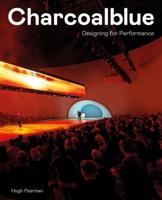Publisher's Synopsis
Although this second-century monument located in the heart of Rome has been the object of hundreds of years of study, Trajan's Hollow uncovers aspects of the column curiously omitted amidst all this attention, manifesting the lacunae in various paradigms of historical inquiry: this work rereads the column and its legacy through the simple act of prioritising the embodied occupation of its interior over the analysis of its exterior narrative frieze. By focusing on traces of workmanship (chisel marks, seam lines, tool dimensions), material attributes (provenance, behavior, constraints, change in qualities over millennia), and the experience of habitation (interior atmosphere, circulation, functional details), the project develops an alternative understanding of the historical artefact and of its role in contemporary design.





